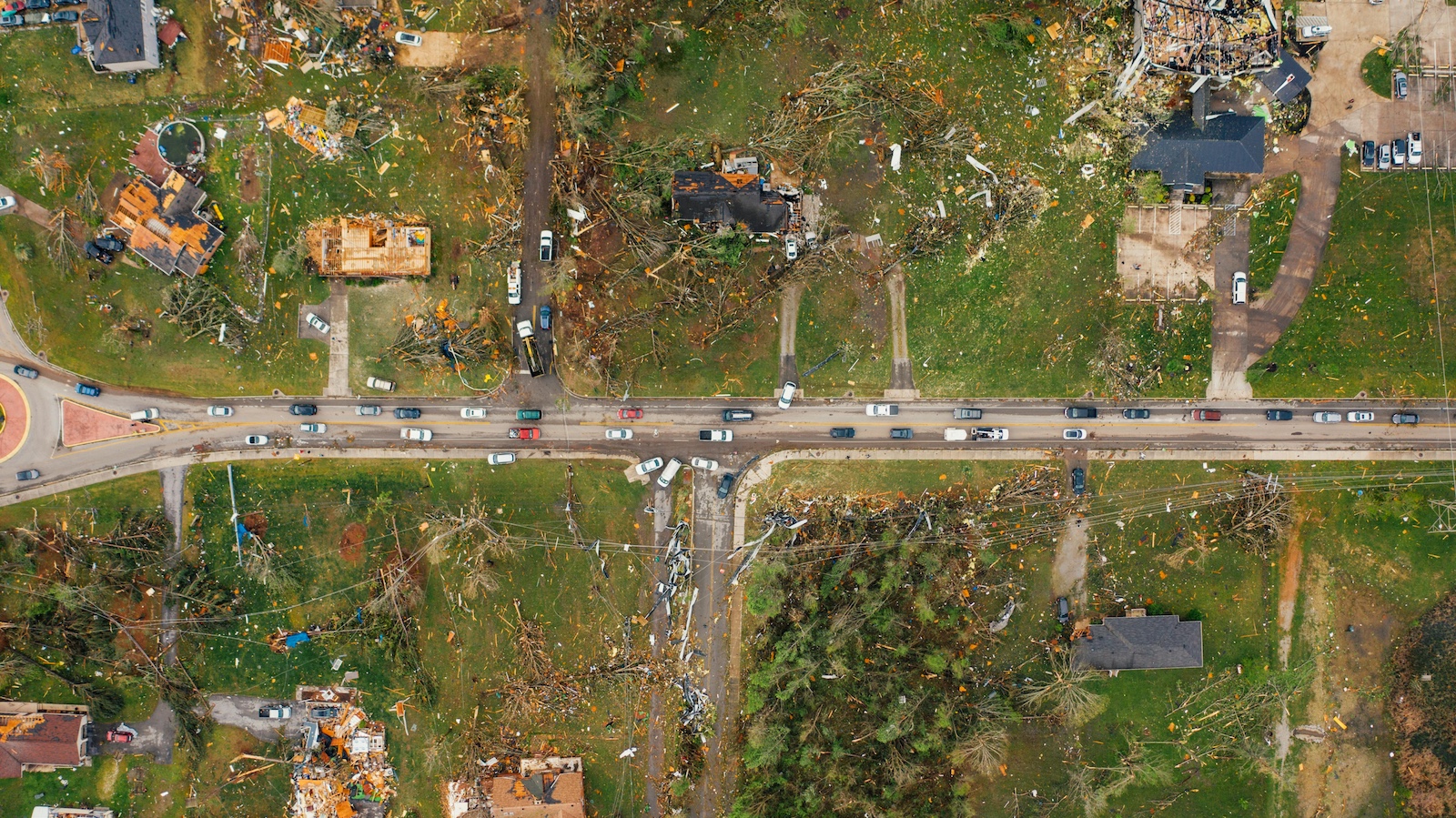Nature is declining globally at rates unprecedented in human history — and the rate of species’ extinction is accelerating, with grave impacts on people and communities around the world.
The WWF’s 2022 Living Planet Report finds that wildlife populations have seen a devastating 69% drop on average since the 1970s. Furthermore, nature decline is making it harder to slow the rate of global warming and to limit climate change, as roughly half of today’s human-emitted emissions is absorbed by lands and oceans (and if these assets are degraded, this absorption function also declines).
Fortunately, as both public and private sector entities are increasingly working to achieve net-zero emissions, the voluntary carbon market is rapidly expanding and is fueling investments into nature conservation and restoration initiatives. Various efforts are underway globally for natural capital accounting, which will help quantify how natural assets contribute to the economy and demonstrate nature’s value to society.
Nature investments undoubtedly need to be scaled to help tackle the biodiversity and climate crisis. The UNEP State of Finance for Nature in the G20 report calls for G20 countries to increase annual spending on nature-based solutions from the current $120 billion a year to $285 billion by 2050 to address the inter-related nature, climate and land degradation crises. However, doing so in a manner that limits investment risk is important, and, if voluntary carbon markets are used as a conduit to facilitate some of this investment, then carbon project developers, communities, buyers, sellers, lenders, investors and various intermediaries need to manage risks including natural disasters, pest infestations, environmental pollution and political and regulatory changes.
Innovation in insurance solutions can help mitigate some of these risks and help improve the integrity of carbon offset transactions. For example, offering a carbon offset and reduction expense endorsement in property and casualty insurance policies could help address the increased cost of disposing of and replacing damaged property in a way that reduces carbon emissions and the continuing costs of carbon reduction efforts.
By bolstering confidence in the integrity of carbon offset transactions, the insurance industry can ultimately enable greater capital flows to areas where investment is most critical, such as underserved emerging markets. Aon recently announced a collaboration with Revalue Nature, which designs and develops projects that protect and regenerate forests, mangroves and other natural assets, to help de-risk projects, facilitate investment and accelerate the deployment of these solutions.
See also: A Better Way to Consider Flood Risk
Working with clients and industry partners is critical to build understanding of the insurance need, develop capacity to support risk transfer and help shape better decisions that address climate risks. Improved measurement, reporting and verification (MRV) and data can help encourage the development of new products, such as performance guarantees for carbon-credit-generating projects, and further facilitate and accelerate mainstream investment into conservation and restoration initiatives.
In addition to nature-based solutions for climate mitigation, technological and hybrid solutions are projected to gain momentum in the coming decades. Technology and hybrid solutions rely on equipment to capture carbon dioxide and use technology to speed natural processes for carbon dioxide removal. Insurance industry insights, focused on understanding technology risk and acumen in creative risk transfer solutions can help make some of these clean technology projects more “bankable” and accelerate the net-zero transition. For example, Aon’s Intellectual Property (IP) Solutions and technology performance guarantees can unlock investment into newer decarbonization technologies.
The dynamic nature of net-zero transition and voluntary carbon marketplaces gives rise to the need for trusted risk advisers to help navigate increasingly complex transactions, and insurance can help manage some key risks over time. For example, property insurance can help protect against physical damages/losses from natural disasters for assets that are meant to generate carbon offsets. With an ever-changing political landscape, insurance can also help protect clients against invalidation, seizure and other political and regulatory risks.
It will take a “whole of society” approach to reach net zero, and the insurance industry is in a key position to help organizations around the world address and de-risk the actions that will contribute to reaching this ambition.
All descriptions, summaries or highlights of coverage are for general informational purposes only and do not amend, alter or modify the actual terms or conditions of any insurance policy. Coverage is governed only by the terms and conditions of the relevant policy. Insurance products and services offered by Aon Risk Insurance Services West, Inc., Aon Risk Services Central, Inc., Aon Risk Services Northeast, Inc., Aon Risk Services Southwest, Inc., and Aon Risk Services, Inc. of Florida and their licensed affiliates.






